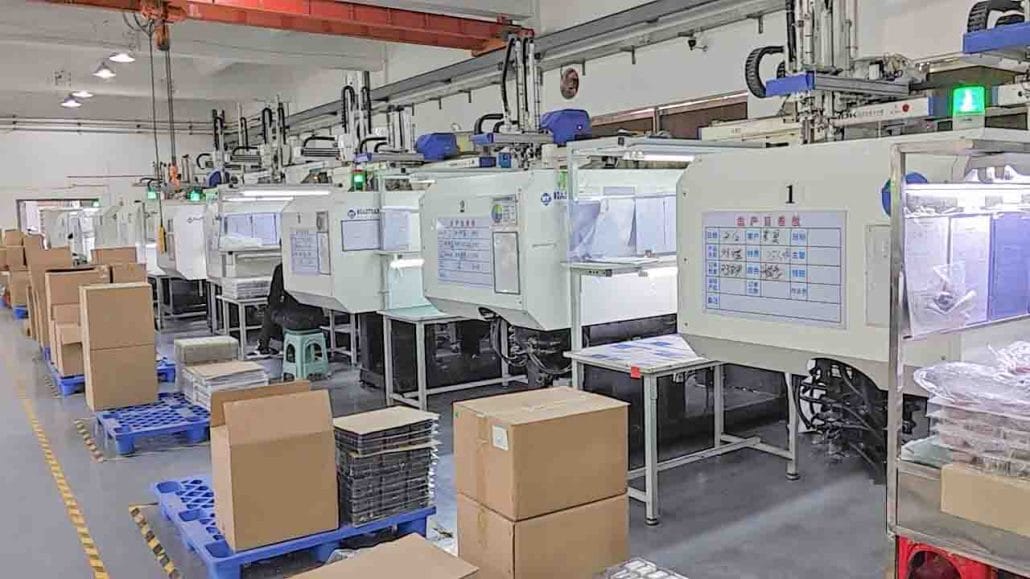Injection molding is a widely used manufacturing process in which molten material is injected into a mold to shape and produce objects of various sizes and shapes. When it comes to injection molding, one of the most important factors to consider is the clamping force. The clamping force is the force that the mold closing unit exerts on the mold halves to keep them securely closed during the injection and cooling processes.
What Is Clamping Force in Injection Molding?
Clamping force is a key factor custom in injection molding because it determines the size and weight of the parts that can be produced. The clamping force of an injection molding machine is determined by the size of the mold cavity, the amount of material being injected, and the mold material itself. The higher the clamping force, the larger the mold cavity that can be used and the heavier and thicker the parts that can be produced. However, a higher clamping force also means higher costs, so it’s important to balance the clamping force with other factors.

Why Is Clamping Force Important?
Clamping force is important in injection molding because it determines the quality and consistency of the final products. If the mold halves are not securely closed during the injection and cooling processes, the resulting parts may be defective, misshapen, or have other imperfections. This is particularly important in high-precision applications where even minor variations in part size or shape can cause functional problems.
Clamping force is also important in terms of safety. If the mold halves are not securely closed, hot molten material can leak out of the mold and cause serious injury to workers or damage to equipment. A properly calibrated and monitored clamping force is essential in ensuring safe and efficient injection molding operations.
How Is Clamping Force Determined?
Clamping force is determined by the size and shape of the mold and the material being injected. The mold designer will calculate the total projected area of the part being produced and add a safety margin to determine the size of the mold. The injection molding machine will then apply enough force to keep the mold halves securely closed during the injection and cooling processes. The force required depends on the material being injected and the size and shape of the mold.
In general, the clamping force required for injection molding is calculated using the following formula:
Clamping force = projected area of the part x injection pressure x safety factor
The projected area of the part is simply the cross-sectional area of the part being produced. The injection pressure is the pressure required to inject the molten material into the mold. The safety factor is typically 2-4 times the calculated force to ensure that the mold halves are securely closed during operation.
Conclusion
Clamping force is a critical factor in injection molding, as it determines the size and weight of the parts that can be produced, as well as the quality and consistency of the final products. A properly calibrated and monitored clamping force is essential in ensuring safe and efficient injection molding operations. By understanding how clamping force is determined and the factors that influence it, injection molding professionals can optimize their processes and achieve higher-quality and more consistent results.


